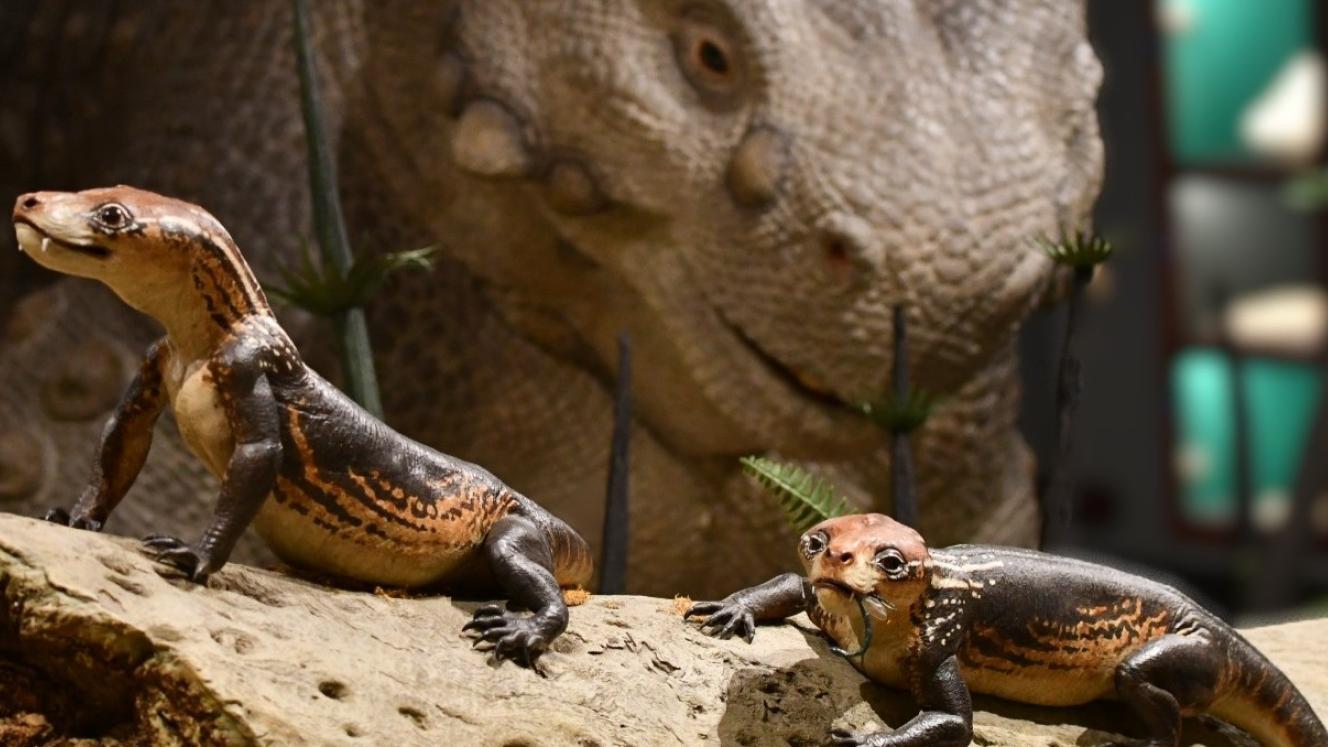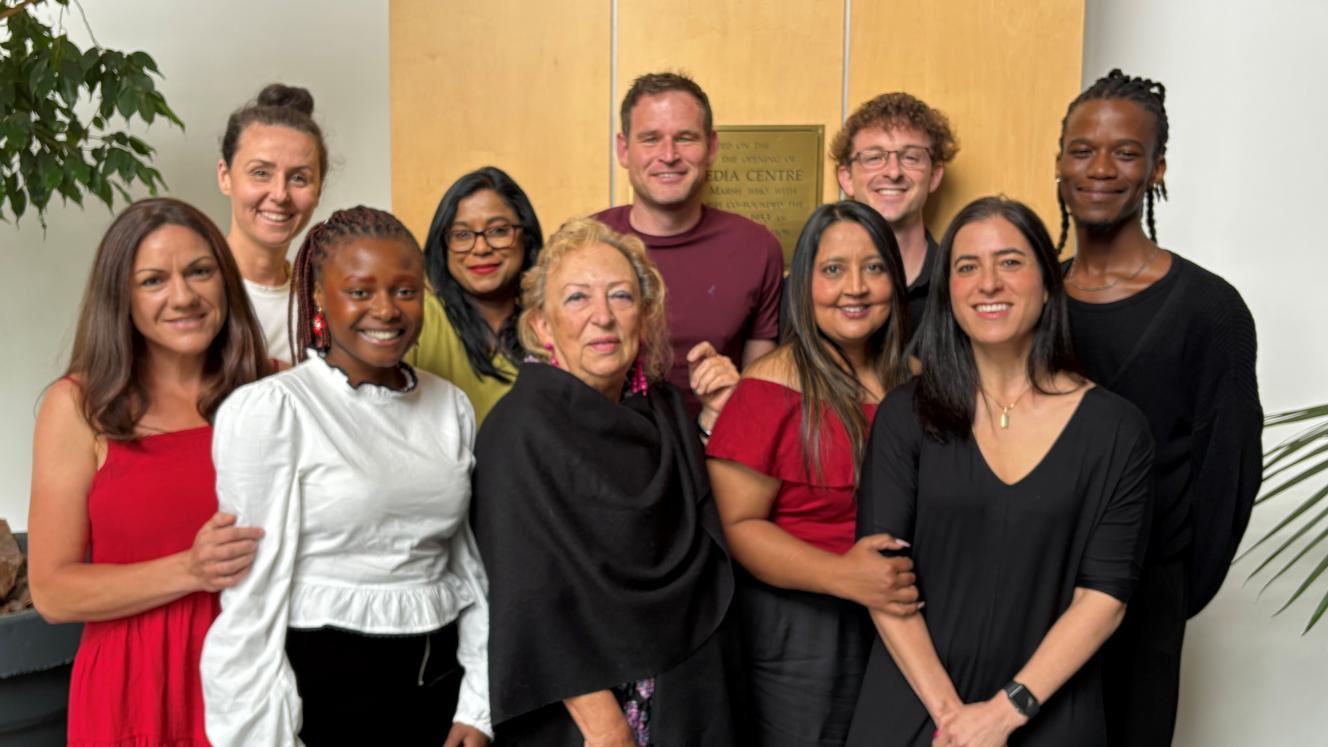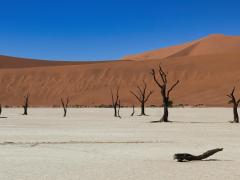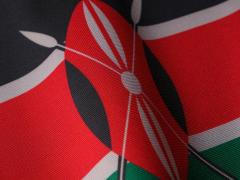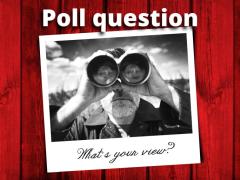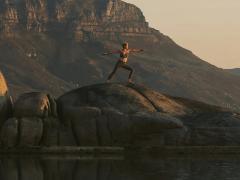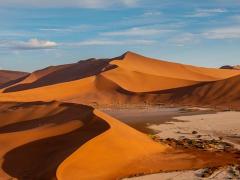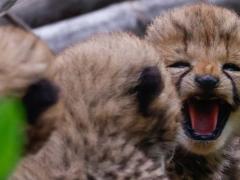The new Karoo Origins Fossil Centre officially opened its doors to the public on April 3 in Graaff-Reinet, offering insights into the palaeontological and geological history of the Karoo.

The centre, run by Bruce Rubidge under a collaborative agreement with the University of the Witwatersrand, already serves as a field base for local and international scientists conducting research on the rocks and fossils of the region.
The fossil exhibition at Karoo Origins features the Rubidge Fossil Collection, previously housed at the Rubidge family farm, Wellwood, for 91 years. The collection was initiated in the 1930s by farmer Sidney Rubidge and contains a notable number of holotype specimens, the reference fossils for newly described species, with all 107 holotypes now on public display. This makes Karoo Origins one of the largest exhibitions of fossil holotype specimens globally.
Rubidge noted that the collection documents a wide range of fossil reptiles that lived between 260 and 250 million years ago at a time when therapsid mammal-like reptiles were the dominant land animals.
The Karoo Supergroup rocks, dating from 300 to 180 million years ago, hold a record of ancient life and link to the supercontinent Gondwana, sharing fossil evidence with Africa, South America, Madagascar, India, Antarctica and Australia.
Displays at Karoo Origins also highlight the record of the mass extinction event at the end of the Permian Period 252 million years ago, which wiped out 90% of species, providing context for current discussions around modern biodiversity loss.
Rubidge said: “What is being created here is an exciting experience and journey into the distant past. We are looking forward to welcoming anyone with an interest in palaeontology whether it be amateurs with a general interest in the geological history and fossils of the Karoo to local and international scientists as well as undergraduate and postgraduate students.”
